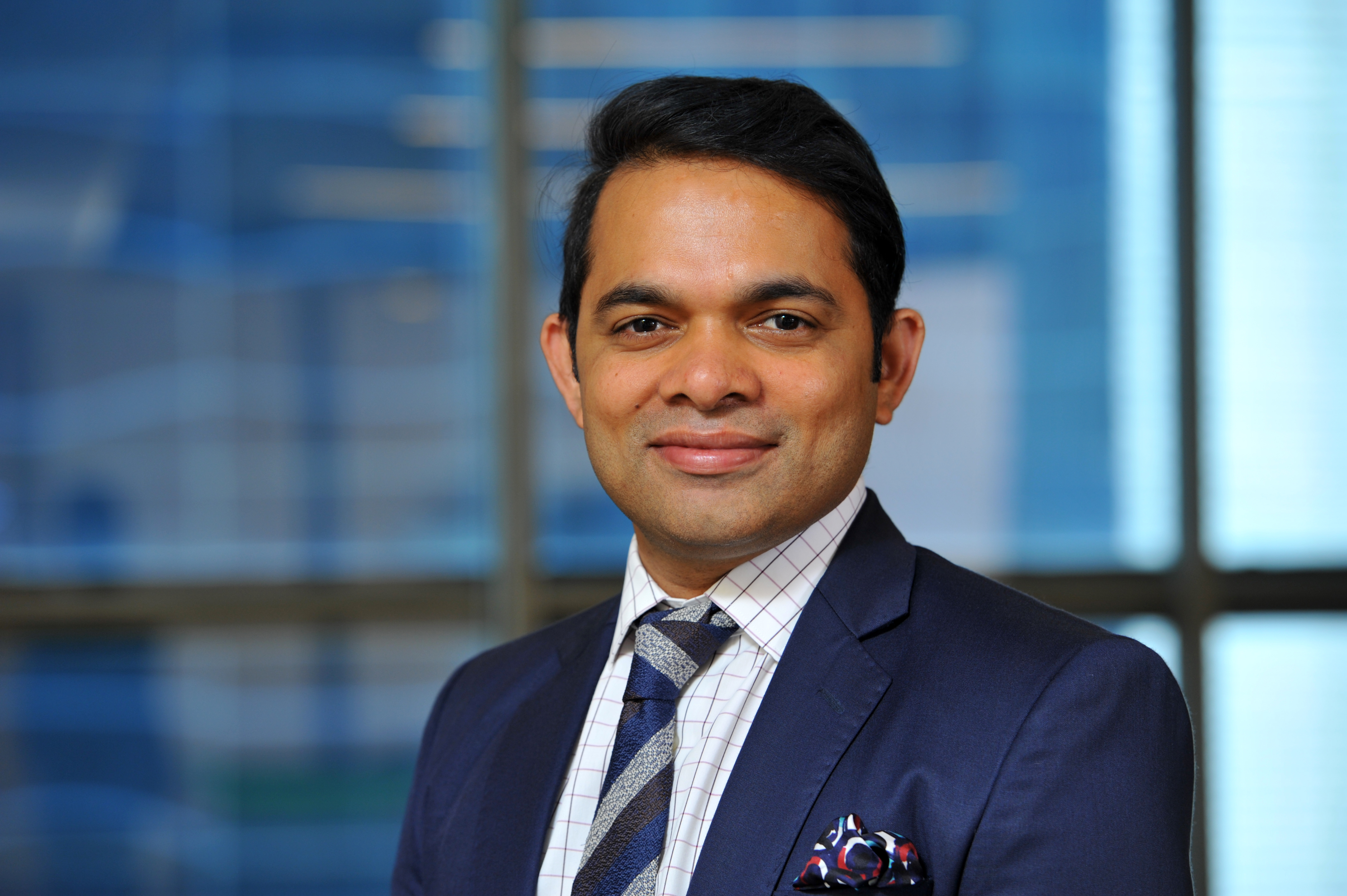
By Shaji Kumar Devakar
Undeniably, we are currently navigating tough times. However, we all know that tough times don’t last, but tough people certainly do. Similarly, when it comes to investments, tough portfolios definitely stand the test of market and economic volatility. The pandemic has put the spotlight on the importance of health and financial safety. While you exercise and eat right to ensure good health, here is a list of 10 imperatives that can keep your portfolio healthy and ready for the future.
1) Have a diversified portfolio
The only thing certain about investing is that asset price movements remain uncertain in the short-term. There are periods that some assets go up while others go down and periods when the opposite happens. By creating a diversified portfolio, you can ensure that the sharp movements of any one asset class do not have an inordinately large impact on your portfolio. So, as you restructure your portfolio in the aftermath of the COVID-19 pandemic, ensure that you spread your investments across multiple assets classes that have little or no correlation with each other and can meet your portfolio’s risk-return objectives.
2) Allocate assets as per your risk profile
What happens when you bite off more than you can chew? You have a hard time swallowing. On the other hand, when you don’t bite off enough, your appetite is not satiated. Risk in investing is something like that. If you take more risk than you can absorb, you end up making bad investment decisions that are more influenced by fear and emotion and less by wisdom. On the other hand, if you don’t take as much risk as your risk profile allows, then you might not meet your financial goals. Thus, assess your risk profile and create a portfolio that adheres to your risk boundaries.
3) Increase debt exposure
Traditionally, debt is considered to be a relatively safer asset class as cash flows from debt investments are not as volatile as returns from equity investments. Considering that the current and near-term environment continues to be highly uncertain with respect to economic recovery and earnings growth, it would be advisable to have a higher exposure to debt investments.
4) Split exposure between low yield debt products & high yield structured products
While debt is primarily a low-risk and low-return product, even within the entire gamut of debt investment offerings you have the choice to invest in higher yield debt products by going slightly ahead on the risk curve. Thus, the debt exposure in your portfolio should be split between low yield debt products and high yield structured products.
5) Have some exposure to equities for long-term
Equity investments are great vehicles for long-term growth. While in the short-term they can be highly volatile, over the long-term volatility smoothens out and the opportunity for true wealth creation emerges. Thus, as you reconstruct your portfolio, ensure that you have adequate exposure to equities and that you hold your equity positions for the long-term.
6) Invest a portion of the equity exposure to midcaps
Even within your equity allocation, you have the option to split your investments between the relative safety of largecaps or invest in the high risk and high growth midcap segment. From a valuation perspective, you currently have the opportunity to invest in good midcap companies at cheap valuations. However, individual stock selection in this space can be tricky. Hence, it would be better to invest in a midcap or flexicap mutual fund to get the desired exposure.
7) Small exposure to gold - bonds / ETFs
Historically, gold has proven to be a great safe haven asset. Its price has held strong in highly uncertain environments and the asset has delivered reasonable risk-adjusted returns. Further, it is also considered a good hedge against inflation. Keeping this in mind, a small exposure to the asset class through gold bonds or gold ETFs should be considered.
8) Keep aside emergency funding in liquid / overnight funds
If there is one thing that the pandemic has taught us it is that uncertainty and emergency can strike anyone and at any time. Thus, it is very important to always set aside some emergency funds in a liquid or overnight fund so that your money is available to you when you need it the most. While many people also prefer to keep high levels of cash in savings accounts to meet emergency expenses, it might be better to allocate a portion of this money to highly liquid funds that can generate minimal interest and provide the required liquidity.
9) Invest in tech start-ups focused on creating innovative solutions
Industries across the board, whether financial services, education or even retail, were already undergoing a digital transformation even before the pandemic hit us. However, the pandemic served to accelerate this transformation and propelled tech start-ups to focus on creating innovative solutions for multiple industries. These companies are likely to become an integral part of our economic future and offer compelling investment opportunities.
10) Diversify currency exposure through select international investments
Last, but not the least, while you focus on creating a diversified portfolio by investing in multiple asset classes, also try to diversify your currency exposure. Consider your current exposure through overseas investments and assets, potential exposure due to travelling or sending your children abroad for further education, and any foreign currency loans to finance your business.

Read the original article:
The Economic Times
